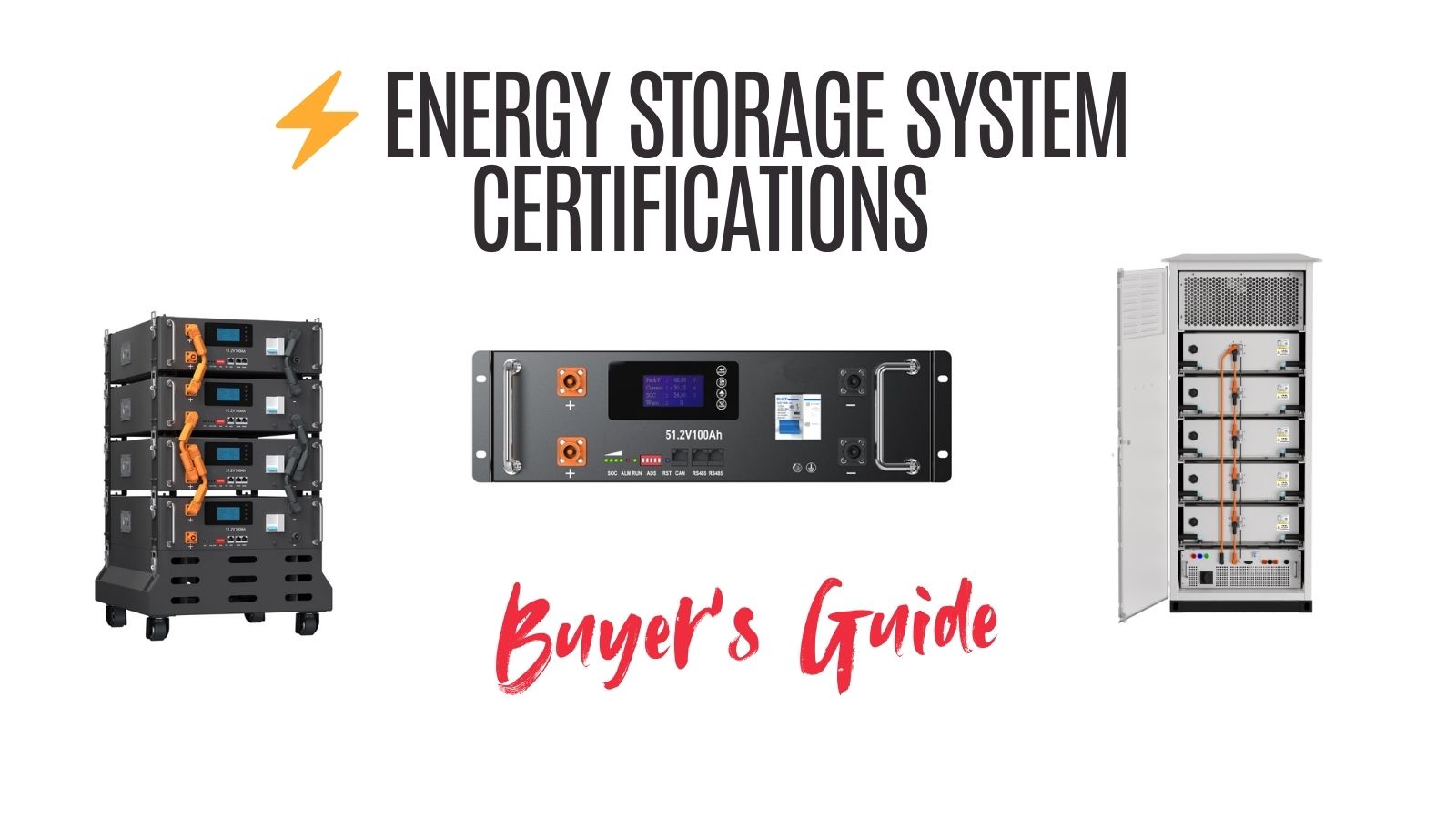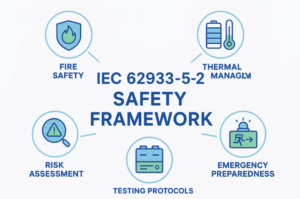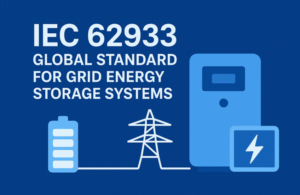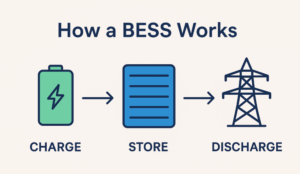Beyond the Cell: Why Whole-System Testing Matters in Energy Storage System

The Hidden Risk in Plain Sight: In the heart of every energy storage system lies its most celebrated hero: the battery cell. But focusing solely on the cell is like admiring the engine of a car while ignoring the brakes, the tires, and the steering wheel. What truly powers progress isn’t the part—it’s the whole.
We are living in the age of electrification. From grid-level storage to EVs and UAVs, batteries are the backbone of a cleaner, smarter world. But as the industry grows, so do the risks—and most of them stem from what we don’t test. This is a call to look beyond the cell. Because real safety and performance are found in the system.
1. It’s Not Just a Battery—It’s a Energy Storage System
An energy storage system (ESS) is an ecosystem:
- Battery cells
- Battery Management System (BMS)
- Power Conversion System (PCS)
- Wiring, fuses, relays
- Cooling, fire suppression, EMS
These components interact continuously. A high-performing cell can still fail catastrophically if paired with an untested or poorly integrated BMS. A PCS glitch can cause voltage spikes that no cell datasheet accounts for.
Whole-system testing ensures that the system operates safely not only under ideal conditions—but under the worst ones, too.
2. The Illusion of Safety: Certificates Can’t Tell the Full Story
Cell manufacturers often parade certifications like UN38.3, IEC62133, UL1642—but these apply only to the cell. They don’t guarantee that your complete ESS is safe under dynamic, real-world conditions.
What happens in case of thermal runaway? Can the BMS isolate a faulty cell? Will your fire suppression system trigger on time?
You won’t know until you test the entire system—not just the components.
3. When Integration Fails, Lives and Projects Are Lost
Real-world tragedies show us the stakes:
- 2021, Beijing – A fire in an energy storage station killed two firefighters. The cause? A thermal event not detected in time due to BMS delay.
- California, USA – Multiple ESS projects reported overheating and emergency shutdowns due to mismatched PCS and battery parameters.
These aren’t freak accidents—they are failures of incomplete validation.
4. Stress Testing: Where Reliability Is Born
System-level testing simulates:
- Extreme temperatures
- Grid faults
- Overcharge/discharge cycles
- Communication loss between BMS & PCS
It answers the critical question: Will your ESS protect itself—and the people around it—when things go wrong?
This testing isn’t just regulatory; it’s ethical.
5. The Cost of Not Testing: Delays, Recalls, and Reputational Damage
Skipping system-level testing can:
- Delay project commissioning by months
- Lead to product recalls and client distrust
- Trigger warranty claims and insurance issues
One missed test can cost millions. But more than money, it costs trust—and that is the currency of every long-term business.
6. Designing for Testing: A Smarter Approach from Day One
Testing should not be an afterthought—it should be a design principle.
Top-performing suppliers now design ESS platforms with validation in mind:
- Modular designs for easier scenario simulations
- Built-in diagnostics
- Test points for fault injection
As a buyer, you should demand these. Because the suppliers who prioritize system-level testing are also the ones who care about your long-term success.
7. Real-World Success: What Happens When You Get It Right
- An Indian telecom operator avoided field failures by simulating blackouts in lab conditions, refining their EMS software before rollout.
- A European EPC achieved grid approval on the first try by performing integrated system-level tests, saving six months.
- A US microgrid integrator prevented inverter-battery miscommunication errors by running joint BMS-PCS trials in FAT.
Behind every successful ESS deployment is a system that was tested, tortured, and proven.
Conclusion: Your Safety Net Is the System
Cells power the promise—but systems deliver the reality. Whole-system testing isn’t just about ticking boxes. It’s about protecting people, preserving investments, and proving performance in the real world.
In energy storage, shortcuts are dangerous. Don’t settle for cell certificates. Demand system-level testing. Because beyond the cell lies the truth of your success—or your failure.
If you’re ready to build energy storage systems that last, perform, and protect—let’s talk. Because safety isn’t a feature. It’s a responsibility.




